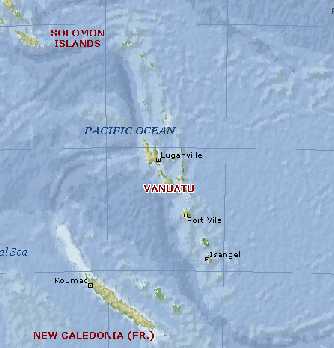August 2006: Probable location of the Wahoo
Contact: Charles Hinman, (808) 423-1341
The Search for USS Wahoo (SS-238)
Energy Company confirms research team’s position
Russian Divers prove site as submarine
The search project for the World War II United States submarine USS Wahoo (SS–238), taken to a new level with the assistance of major energy contractors and Russian Authorities, has confirmed what the USS Wahoo Project Group believes may be the final resting place of America’s most famous WWII submarine.
The Project Group was given a substantial lift when Sakhalin Energy Investment Company Ltd. provided immense support in the form of offshore electronic surveys of sites previously indicated to the Russian authorities by the USS Wahoo Project Group, headed by the MacKinnon Organization (Japan) and the Ocean Wilderness Group, (Australia). The surveys confirm a side scan anomaly, which may possibly be the submarine USS Wahoo. The energy company, aware of the historic and humanitarian operation, selflessly offered its support, which coincided with its own offshore surveys.
A sub-sea survey conducted by Russian divers out of Vladivostok, utilizing the Project Group’s information, confirmed the findings as a submarine at the end of July.
The USS Wahoo Project Group received U S Navy approval for their South China Sea Project, the search for five lost US WW II submarines and several other vessels in 2003 after their approach to the US Secretary of the Navy, following many years of development. The Project Group has received continual support and assistance from Russian and Japanese authorities, sponsors, veterans and researchers form several countries. The USS Bowfin Submarine Museum, the project’s scrutineers, research custodians and project curators, will be the official recipient of the project on behalf of those who were lost, their families, and their comrades. The Museum will work closely with the USS Wahoo Project Group and US Navy, Russian, and Japanese authorities in the correct approach management of the confirmation identification project. Specialist Archaeologists and Anthropologists have been appointed to oversee the identification project, and work with Ocean Wilderness Group divers to document the site.
The project, which has been an epic of research and beauracratic negotiation, has brought together several nations, individuals, private organizations and companies in support of veterans and families of the lost from previously opposing nations. The generation of goodwill and the prospect for closure, historic documentation of the site and the commemoration of the brave by the United States, Japanese and Russian governments is remarkable. The support of the Russian Federation Foreign Affairs Department, and the assistance provided to the Project Group by the Russian Federation Embassy to Australia has been exceptional.
Managed by Bryan MacKinnon, grandnephew of Wahoo Commander Dudley “Mush” Morton, the Project Group, now preparing a complete, non- intrusive sub-sea survey, has a thorough understanding of their responsibilities with regard to the USS Wahoo site and other sites. The group has no intention of either releasing the location of, or interfering in any way, with the site. Their primary aim is to verify, document, and to provide record of the USS Wahoo and her resting place as the tomb of eighty brave souls, entrusting all gathered materials to the USS Bowfin Submarine Museum and the appropriate authorities for historic and commemorative purposes, and to close another mystery in the chapter of events known as World War II.
This effort follows up the June 2006 final identification of the USS Lagarto (SS-371) located in the Gulf of Siam in the summer of 2005. These two identifications are the first in as series that may result in several identifications of submarines lost in World War II and provide closure to relatives and loved ones. Critical is ensuring that the locations, while identified, remain undisturbed as fitting resting places for these World War II submarine heroes. The identifications are made possible through improved search technologies that use remote search techniques and computer analysis. The Project Wahoo Group has also offered its assistance to the government of the Russian Federation in the location and documentation of the USSR L-19 submarine lost in the final stages of WWII.
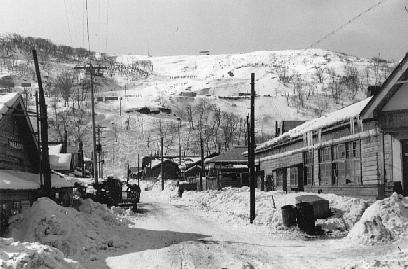 Winter in Soya, Wakkanai, and Sakhalin.
Winter in Soya, Wakkanai, and Sakhalin.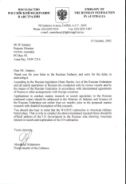 The Wahoo Project Team is pleased to report that the Government of the Russian Federation has officially and positively responded to our request for permission to search in their waters. But there are some requirements that the Russians are asking of us. The Wahoo lies in a sensitive area of the world and we will honor all diplomatic requirements asked of us. The Russian Government clearly understands that this is not a routine project and is just as concerned as we are about a successful and safe execution. We will keep you up to date as this progresses
The Wahoo Project Team is pleased to report that the Government of the Russian Federation has officially and positively responded to our request for permission to search in their waters. But there are some requirements that the Russians are asking of us. The Wahoo lies in a sensitive area of the world and we will honor all diplomatic requirements asked of us. The Russian Government clearly understands that this is not a routine project and is just as concerned as we are about a successful and safe execution. We will keep you up to date as this progresses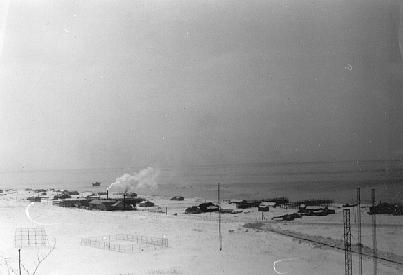 .
.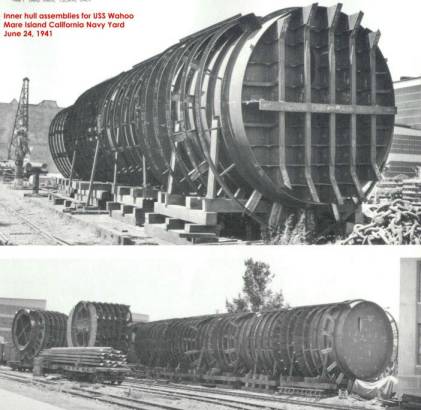 coming to a close in the Soya Strait for the year 2002. The rainfall almost triples from 90 mm (3.5 inches) in August to 231 mm (9.3 inches) in September. The water temperature begins to decrease and the environment generally grows more inhospitable as autumn approaches. What does this mean for the project? Considering all the factors, we determined to move the project into dry dock for the year and begin planning for spring of 2003. Although tough for the project team which was nearly in a peak state of readiness, this will give us more time to reconsider the scope of the project and consider things that we did not have the time or resources to before.
coming to a close in the Soya Strait for the year 2002. The rainfall almost triples from 90 mm (3.5 inches) in August to 231 mm (9.3 inches) in September. The water temperature begins to decrease and the environment generally grows more inhospitable as autumn approaches. What does this mean for the project? Considering all the factors, we determined to move the project into dry dock for the year and begin planning for spring of 2003. Although tough for the project team which was nearly in a peak state of readiness, this will give us more time to reconsider the scope of the project and consider things that we did not have the time or resources to before.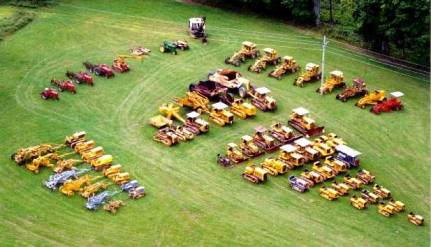 Before we finish, note that George Logue is not just a gentleman with a passion for submarines. He's a resident of central Pennsylvania and founder of Logue Industries (http://www.logueind.com/index.html). Lest you think that the this photo to the left is misplaced, this is George's famous Antique Machinery Collection. Read more about it at:
Before we finish, note that George Logue is not just a gentleman with a passion for submarines. He's a resident of central Pennsylvania and founder of Logue Industries (http://www.logueind.com/index.html). Lest you think that the this photo to the left is misplaced, this is George's famous Antique Machinery Collection. Read more about it at: 